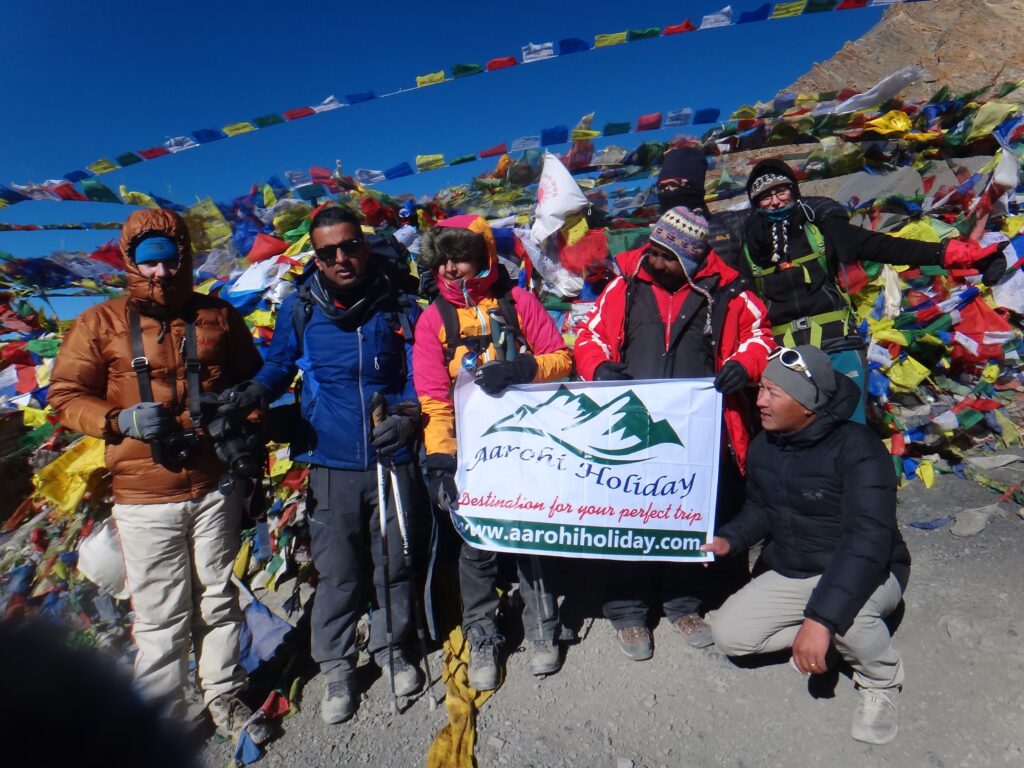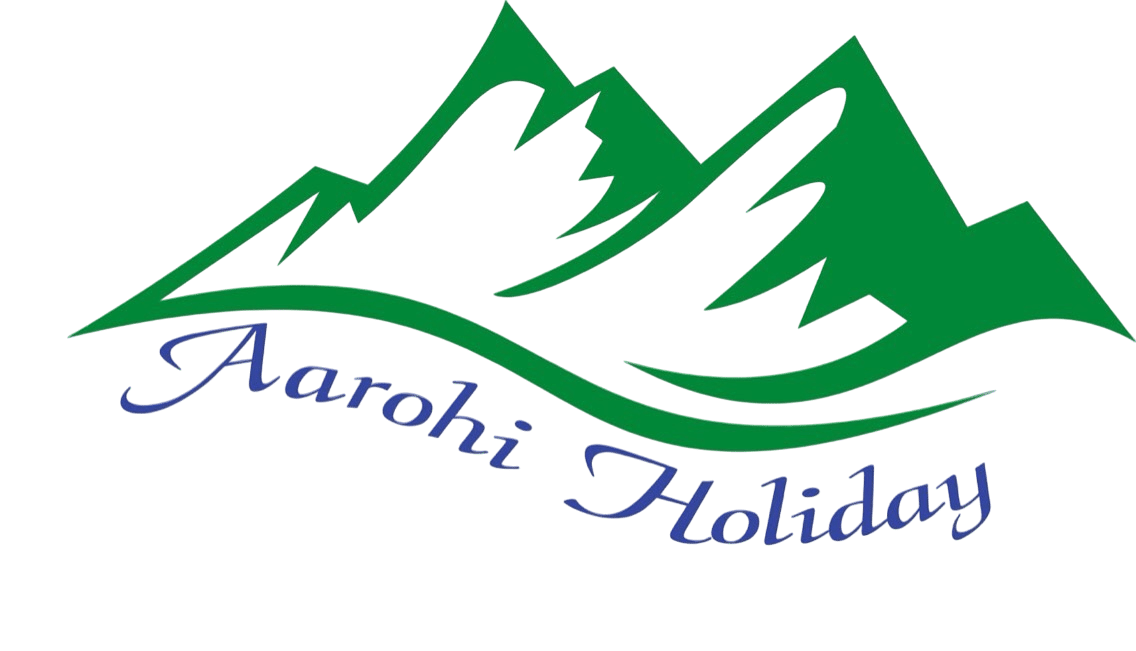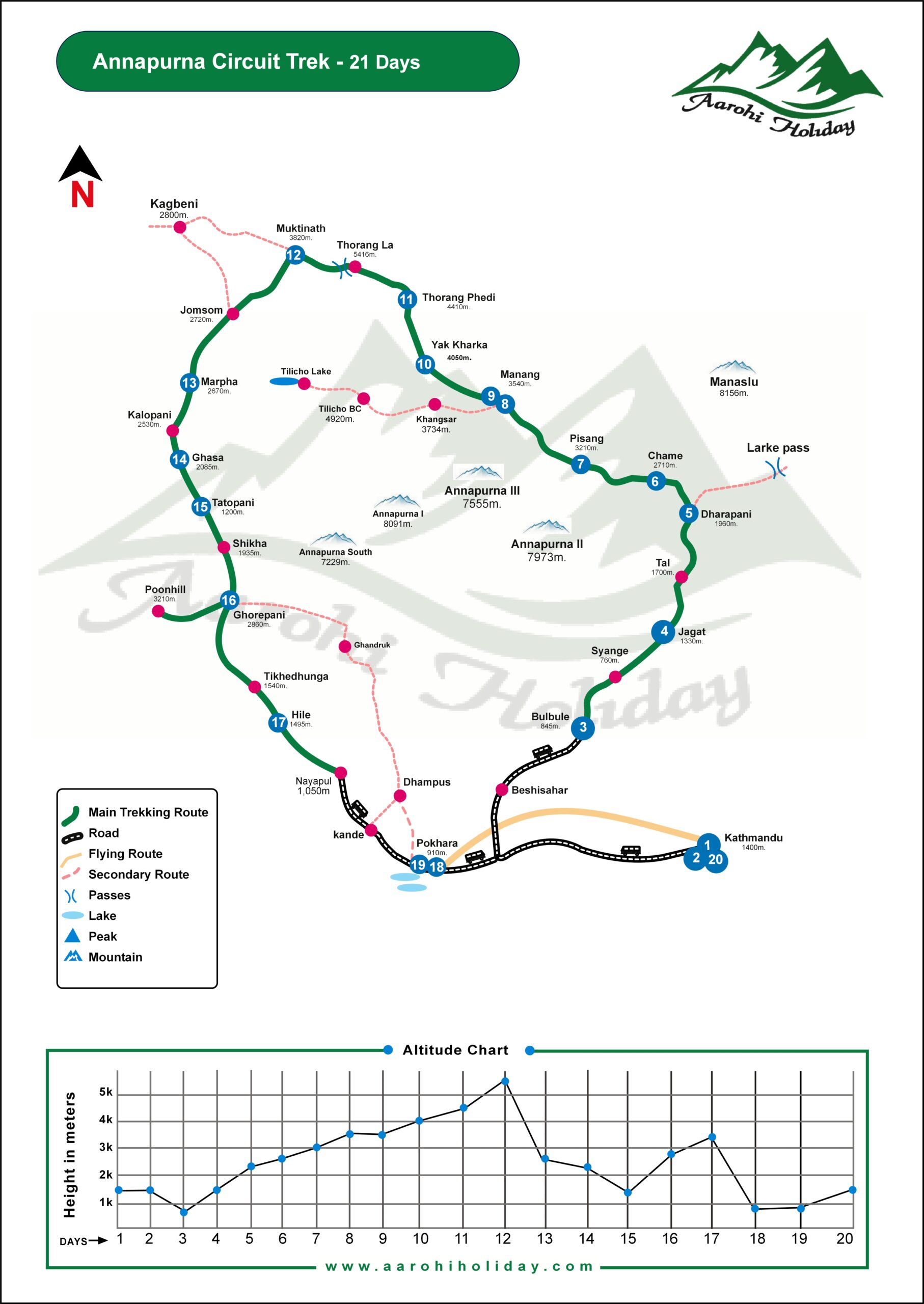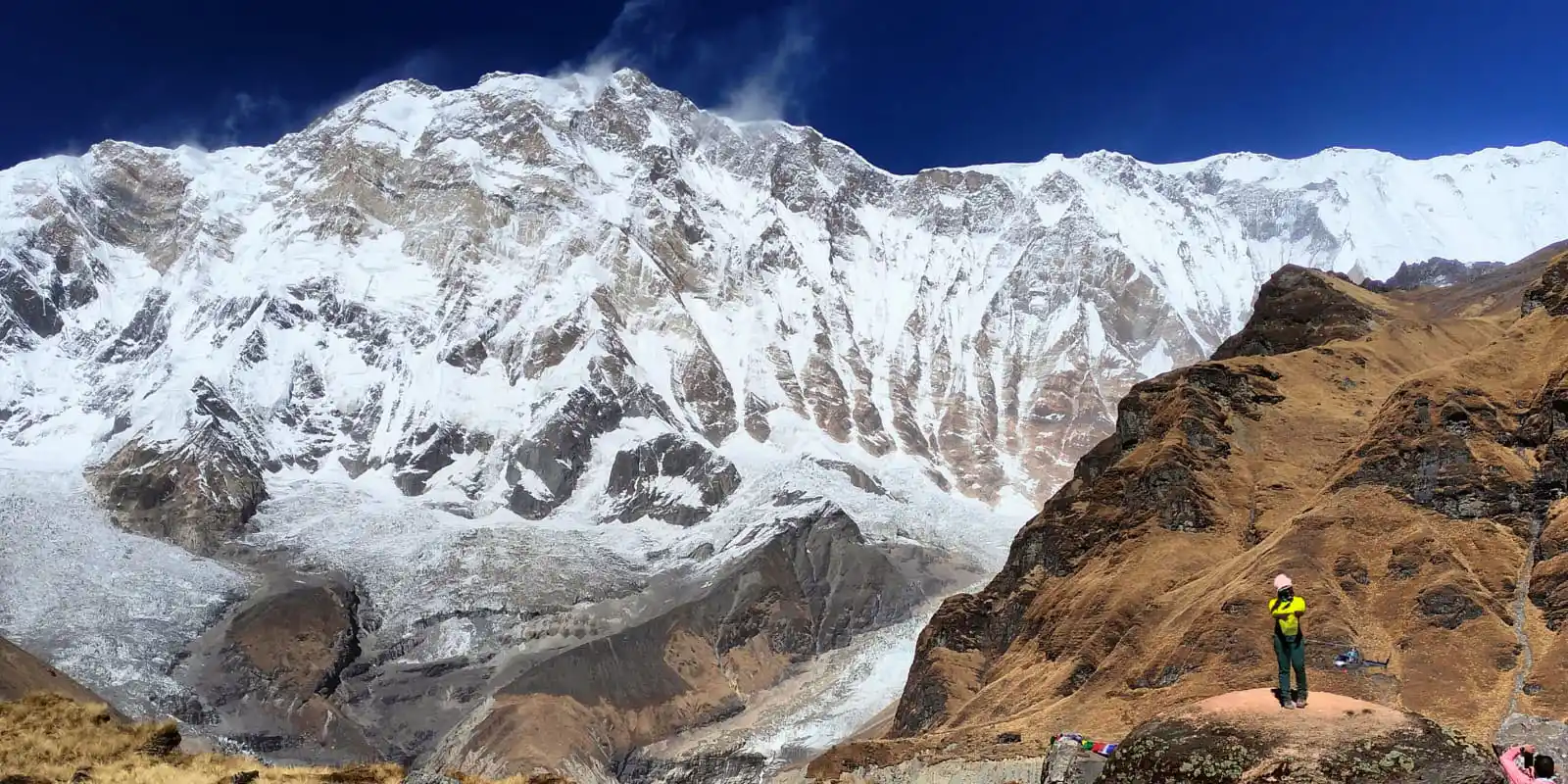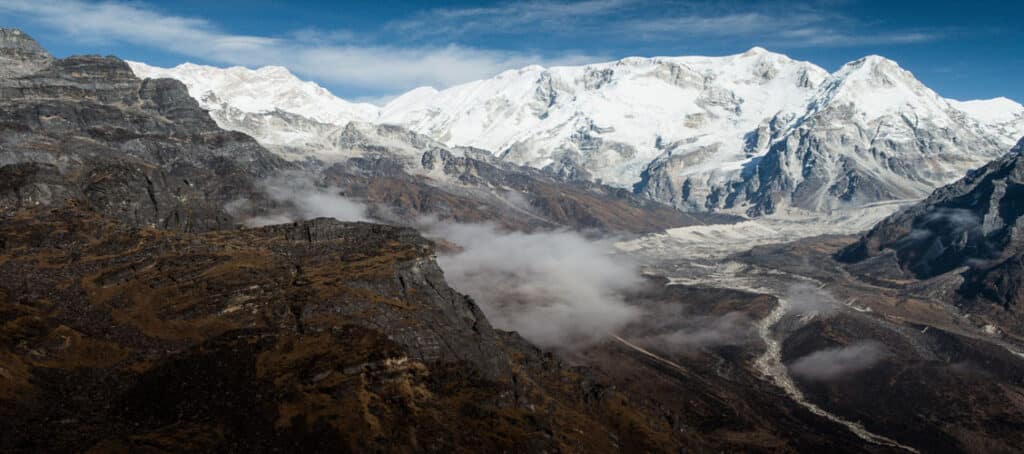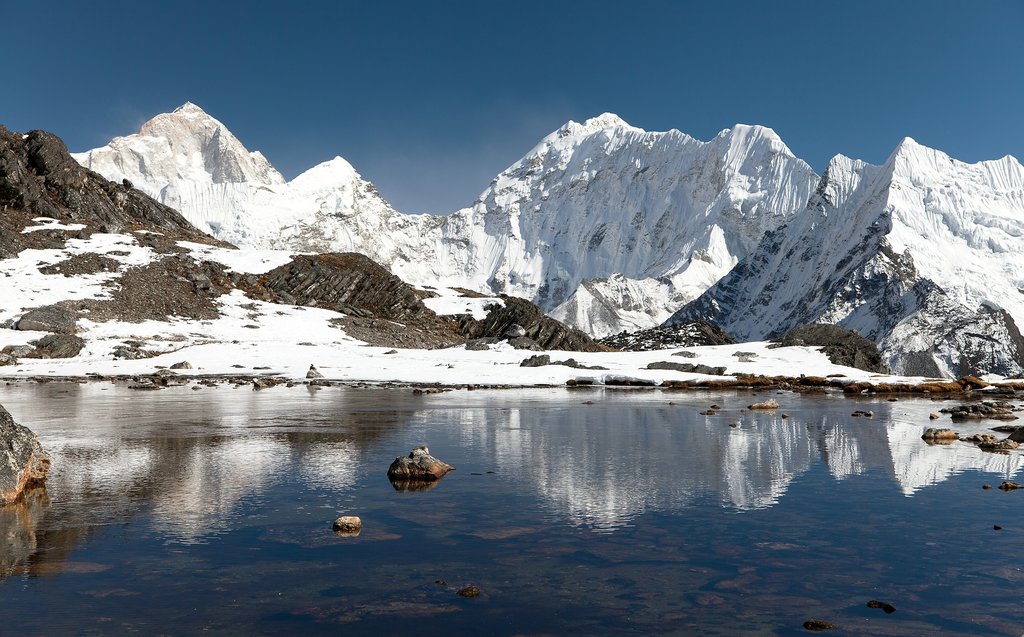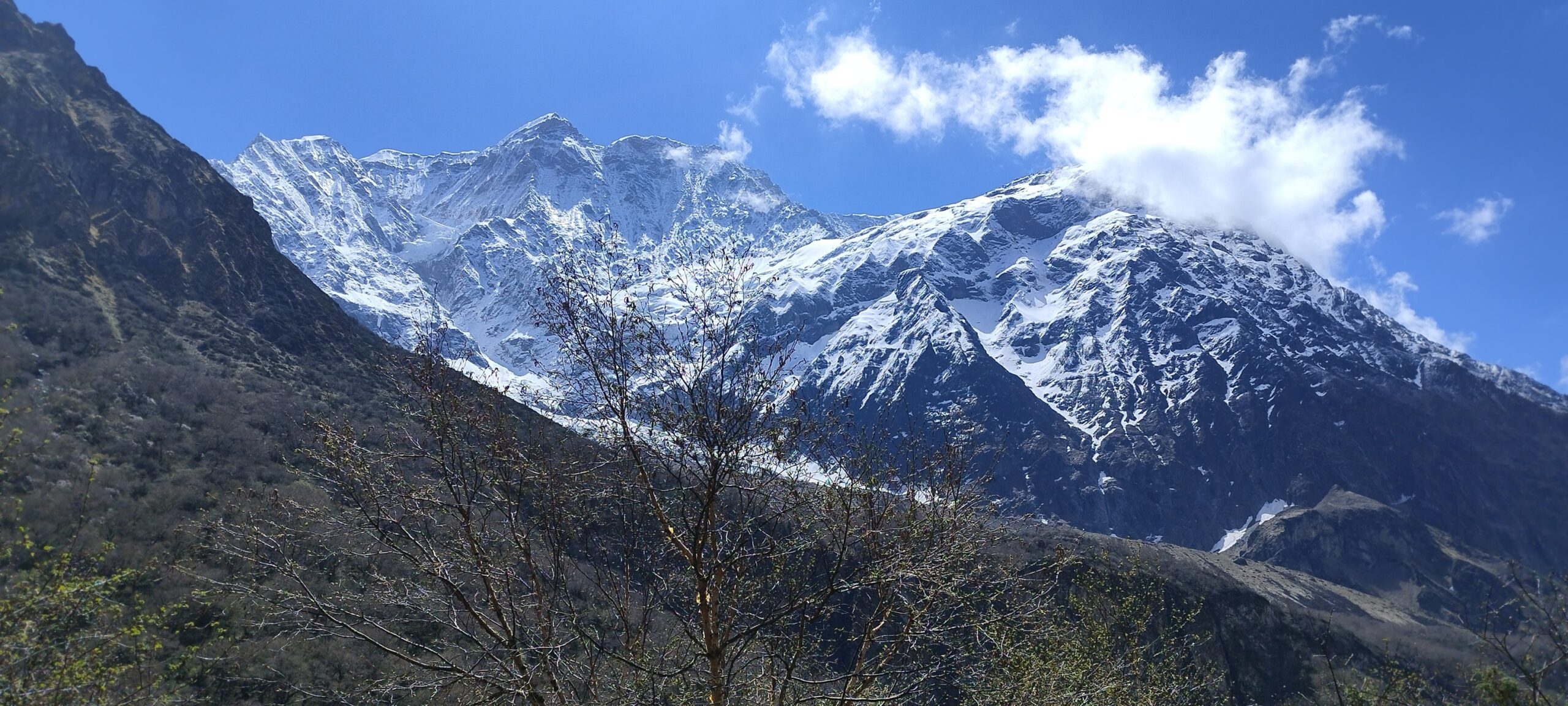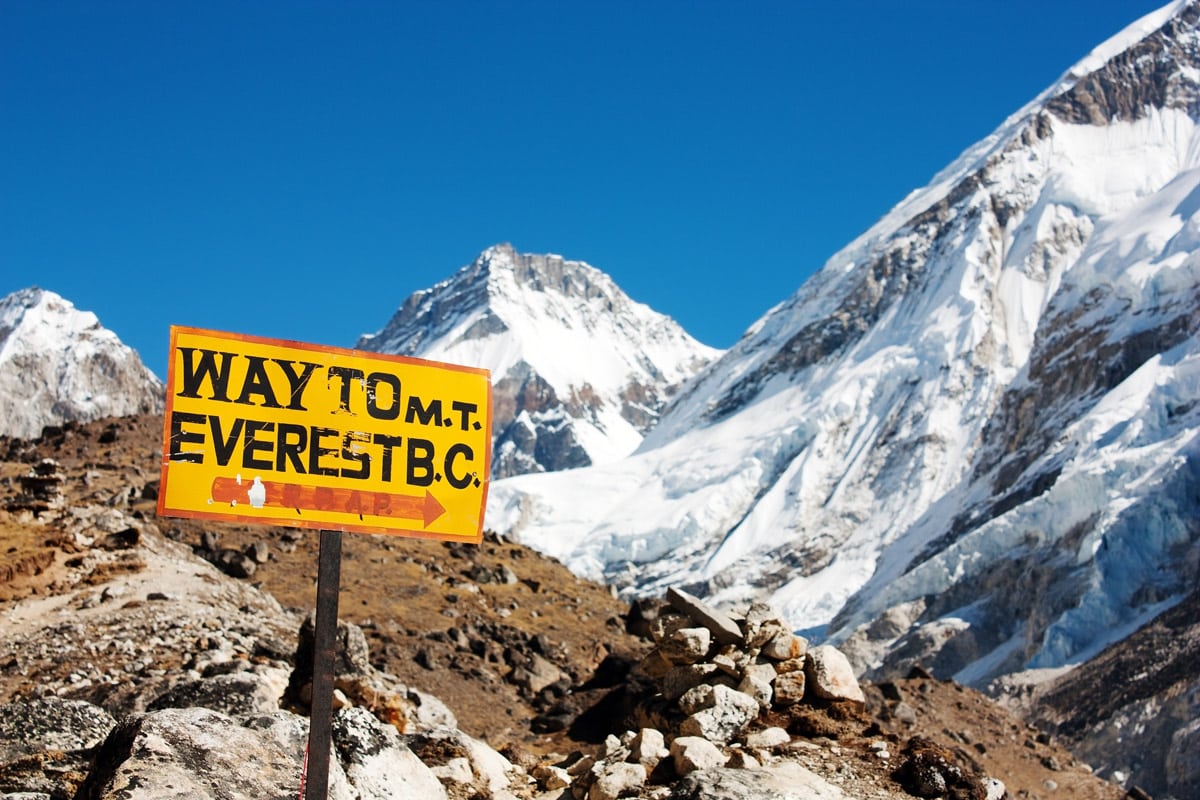Accommodation during Annapurna Circuit Trek
- In Kathmandu and Pokhara we provide comfortable accommodation in 3-star hotels with breakfast on a twin-sharing basis.(Private room accommodation can be arrange at an extra cost)
- During the trek, we provide comfortable teahouse accommodation on a twin-sharing basis. Hot showers, Wi-Fi, and device charging are available at an additional cost
Meals and Drinking Water on the Annapurna Circuit Trek
Throughout the Annapurna Circuit Trek, you will enjoy three freshly prepared meals a day—breakfast, lunch, and dinner—served at traditional local teahouses. Meals can be selected from a set menu and typically include a variety of options such as dal bhat (a staple Nepali dish of rice, lentils, and vegetables), noodles, soups, fried rice, Tibetan bread, pancakes, and eggs. While the menu is simple, it provides the energy and nourishment needed for your daily trekking adventure.
Staying hydrated is essential, especially at high altitudes. Bottled water is available at most teahouses along the route, but we highly recommend bringing a reusable water bottle to help reduce plastic waste. To ensure safe drinking water, our guide will carry purification tablets or drops, allowing you to refill and purify water from local sources when needed.
Required Permits for the Annapurna Base Camp Trek
For the Annapurna Circuit Trek, you’ll need the Annapurna Conservation Area Permit (ACAP) and a TIMS Card. All permits are included in your package, and we take care of the paperwork so you can focus on enjoying the trek.
- Annapurna Conservation Area Permit (ACAP): NPR 3,000 per person.
- Trekkers’ Information Management System (TIMS) Card: NPR 1,000 per person
Best Time for Annapurna Circuit Trek
The best time for the Annapurna Circuit Trek is from March to May (spring) and September to November (autumn). Autumn offers stable weather, clear skies, and comfortable trekking conditions, making it the most popular season. Spring brings blooming rhododendrons, lush greenery, and pleasant temperatures, enhancing the scenic beauty of the trail.
It’s best to avoid the monsoon season (June to August) due to heavy rainfall, slippery trails, and possible landslides. Winter (December to February) is colder at higher elevations with a chance of snow, though trekking in late February to early March is possible for those well-prepared for chilly conditions.
Annapurna Circuit Trek Difficulties
The Annapurna Circuit trek , but it comes with its own set of challenges. Spanning varied terrain and altitudes, the trek reaches as high as 5,416 meters at Thorong La Pass, where the air is thin and the risk of altitude sickness increases. Trekkers should be physically fit and prepared for long walking days—often 6 to 8 hours—with steep ascents and descents.
Weather conditions can vary dramatically, especially at higher elevations, with cold temperatures, wind, and occasional snow. The trail also includes rugged paths, suspension bridges, and remote sections where access to facilities is limited. However, with proper acclimatization, guided support from Aarohi Holiday, and a steady pace, the Annapurna Circuit remains a safe and rewarding journey for determined trekkers.
Altitude Sickness and Prevention on the Annapurna Circuit Trek
Safety and health are top priorities on the Annapurna Circuit Trek. All guides are well-trained in high-altitude first aid and closely monitor trekkers for symptoms of Acute Mountain Sickness (AMS), especially as the route ascends above 3,000 meters and crosses Thorong La Pass at 5,416 meters.
The itinerary is designed with gradual altitude gain and includes acclimatization days in key locations like Manang, allowing the body time to adjust. If AMS symptoms appear, the team responds quickly—this may include rest, descent, or in rare cases, emergency evacuation. With proper hydration, a steady pace, and experienced support from Aarohi Holiday, trekkers can enjoy a safe and successful journey through the Himalayas.
Travel Insurance for Annapurna Circuit Trek
Travel insurance is highly recommended for the Annapurna Circuit Trek due to the high altitude and remote mountain terrain. Your policy should cover trekking activities up to 5,500 meters, including emergency helicopter evacuation, medical expenses, trip cancellations, and loss or theft of gear.
Given the possibility of altitude sickness, sudden weather changes, or unforeseen delays, having the right insurance ensures peace of mind and safety throughout your Himalayan journey.
Annapurna Circuit Trekking Itinerary
Your Annapurna Circuit adventure begins with arrival in Kathmandu, followed by a day of sightseeing at UNESCO World Heritage Sites. From there, a scenic drive takes you to Besisahar, where the trek starts. The trail leads through Bhulbhule, Jagat, and Dharapani, gradually gaining altitude as you pass Chame and Pisang. Stunning landscapes and cultural encounters unfold as you trek to Manang, where an acclimatization day helps prepare for higher elevations. The route continues through Yak Kharka and Thorong Phedi, leading to the thrilling ascent over Thorong La Pass (5,416m), the trek’s highest point.
Descending to the sacred site of Muktinath, the journey continues through charming villages like Marpha and Ghasa, and onward to the natural hot springs of Tatopani. After rejuvenating, you trek to Ghorepani and enjoy a sunrise hike to Poon Hill, offering panoramic Himalayan views. The trek concludes in Pokhara with a relaxing day of sightseeing before driving back to Kathmandu for your final departure. This 20-day journey offers an unforgettable mix of culture, nature, and high-altitude adventure.
Annapurna Circuit Trek Cost
The cost for the Annapurna Circuit Trek is USD 1,100 per person, covering all essential services from Kathmandu to Kathmandu—including transportation, permits, accommodations, meals, and experienced guide and support.
This rate is based single participants. Group discounts of 5% to 10% are available for larger bookings, and one group leader can join free of cost. This all-inclusive package offers a well-supported and unforgettable trekking experience through Nepal’s most iconic circuit.
Important Notes for Annapurna Circuit Trek
- The drive from Kathmandu to Besi Sahar takes around 6-7 hours. You can also hire a private jeep for a more comfortable journey.
- The drive from Kathmandu to Besi Sahar takes around 6-7 hours. You can also hire a private jeep for a more comfortable journey
- Meals are included during the trek, but food expenses in Kathmandu and Pokhara are not covered.
- Accommodation during the trek is in teahouses on a twin-sharing basis, with hot showers and charging available for an extra fee
- The trek involves high-altitude sections, including Thorong La Pass (5,416m), so proper acclimatization and hydration are essential
- Weather in the Himalayas is unpredictable, and conditions at high passes can change rapidly; always be prepared with proper gear.
- Drones are not allowed without prior permission, which can be difficult to obtain
- Travel insurance covering high-altitude trekking and emergency helicopter evacuation is strongly recommended.
Fitness Preparation for the Trek
Preparing your legs for high elevations can be challenging if you don’t live near the Himalayas. The Annapurna Circuit Trek is longer and reaches higher altitudes than many other treks, making physical preparation especially important. With regular walking, light hiking, and basic cardio training, most trekkers can adequately prepare and complete this trek successfully.
A Typical Day on the Trail
A typical trekking day on the Annapurna Circuit Trek lasts about 5 to 7 hours. You’ll start after breakfast and walk through varied terrain, including stone staircases, forested trails, and traditional villages. The altitude gradually increases, reaching up to around 5,416 meters at Thorong La Pass. Along the way, you’ll enjoy breathtaking views of Annapurna, Machapuchare, and the surrounding peaks. Breaks are taken for lunch and short rests to maintain energy and fully enjoy the journey.
Arrival Instruction
Upon your arrival at Tribhuvan International Airport, our company representatives are stationed to welcome you to the country. We request you to carefully look for your name being held by our representatives following the events upon landing. The representatives are responsible to escort you to your hotel in Kathmandu. You will see men offering you to carry luggage and take you to your destination as you exit the airport. We request you pay no attention to these people and follow the designated representatives and follow their instructions. You will also need to keep an eye on your luggage and belongings to avoid any complications
Nepal Visa Entry Procedure
For entry into Nepal, there are visa requirements everyone (except Indian nationals) must complete before being allowed to pass through immigration. This is for air travel as well as overland transportation. Most visitors may obtain a visa to enter Nepal, however, there are exceptions.Three options are available for entry
- 15-day single entry: US $30
- 30-day single entry: US $50
- 90-day multiple entries: US $125
Please have a passport valid for at least 6 months from the time of entry, and have cash ready, preferably in US dollars, though there are other currencies Nepal Immigration accepts. If you are entering via overland, you must have US cash and 3 passport photos. For arrival by air, the kiosks at the airport take your picture for you.
For the most up to date list of exceptions for visa on arrival or to obtain the most current visa information, visit the Nepal Department of Immigration website.
